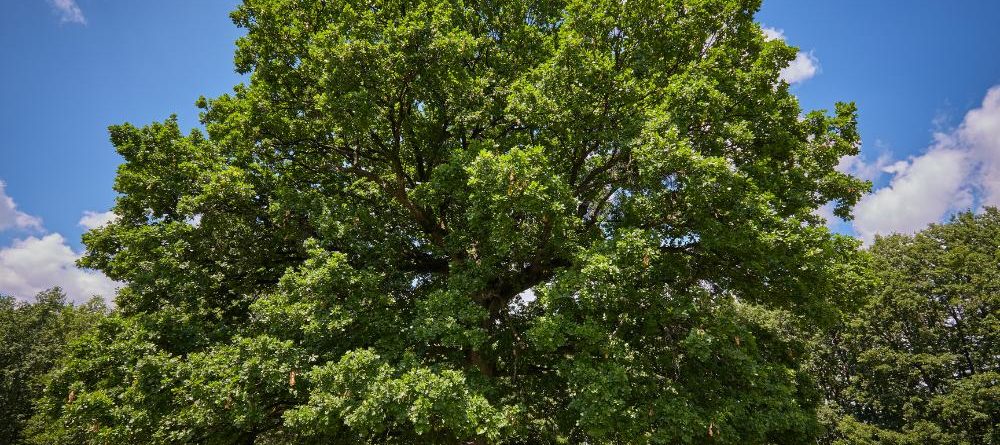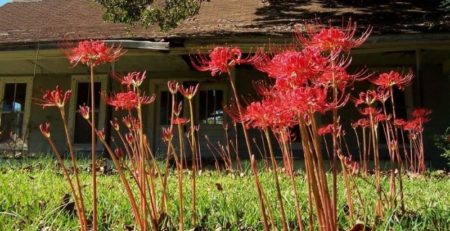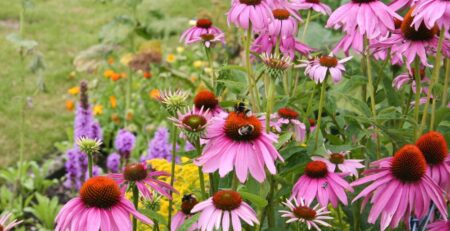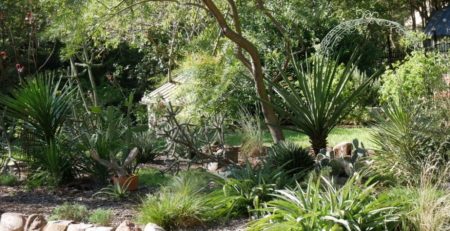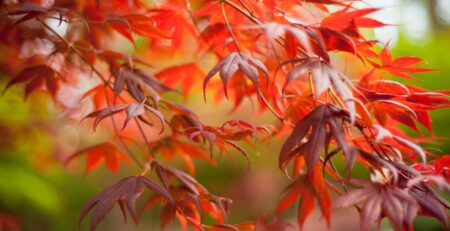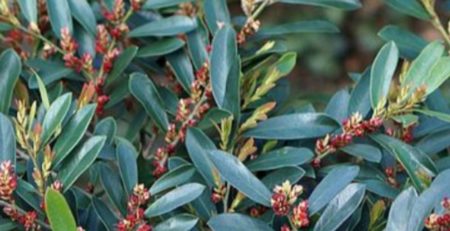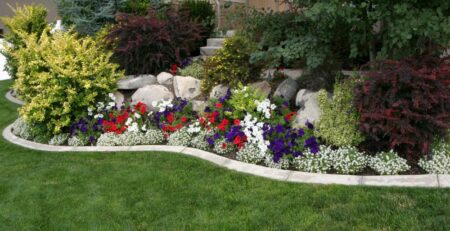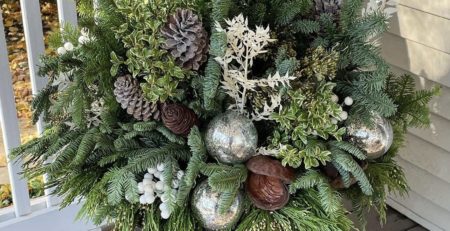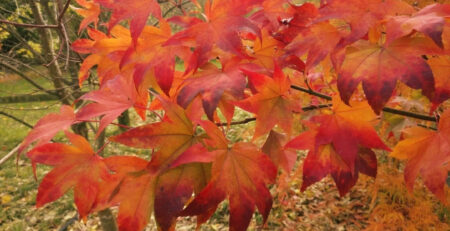Great Trees for North Texas
Trees are an efficient, inexpensive source of carbon capture and can be a major mitigator to pollution. The canopy of trees in urban areas creates more comfortable and beautiful neighborhoods and a sense of community and well-being. In the forest, trees can be the catalyst that nurtures biodiversity which in turn protects water resources, protects and forms soils, provides nutrient storage and recycling, breaks down and absorbs pollution, and maintains the ecosystem. But the need for biodiversity extends to within the tree family, as well. Monocultures (the planting of only one species) might be able to support some of the eco-system benefits over the short-term, but are not sustainable long-term. Planting a variety of trees helps build resiliency by lessening the impact of genus or species pests and diseases, such as Oak Wilt or Emerald Ash Borer. And a variety of trees means a variety of leaf shapes, canopy shapes, flowering/blooming times, and fall color – a more beautiful city and more attractive habitat for wildlife.
In North Texas, where there is a long list of native or adapted trees that thrive in our climate and soil, we are overplanted with live oak and red oak trees. As part of an educational project, a group of Dallas County Master Gardeners working with Kerry Gray-Harrison, Botanical Director at Texas Discovery Gardens (TDG), placed signage and printed information around the gardens during the State Fair of Texas highlighting 17 tree species (other than live and red oaks) that we recommend for North Texas homeowners. It’s not an exhaustive list; we aimed for variety and availability in local nurseries. We called these 17 trees “Great Trees for North Texas.” Below is a sampling of those trees with some of our rationale for including them in our list.
Among the large trees, a favorite is Bur Oak, Quercus macrocarpa, which grows 50-80’ tall and 50-80’ wide. It’s deciduous and is one of the easiest oaks to grow. It is drought tolerant, long-lived, and relatively fast growing for an oak. The very large acorns rule out this tree for school yards or near a driveway. Bald Cypress, Taxodium distichum, is a tall, pyramidal deciduous conifer that loses its leaves (needles) in the fall, thus the name Bald. It can grow to 80-100’ tall with older trees developing wide, spreading bases; if grown near water the roots develop “cypress knees.” This tree can be grown in average, medium to wet, moisture-retentive but reasonably well-drained soils. Cedar Elm, Ulmus crassifolia, is a hardy, drought tolerant shade tree that provides vivid yellow color to the landscape in autumn. It is deciduous in North Texas, growing to 50-70’ tall and 40-60’ wide. The Arizona Cypress, Cupressus arizonica var, arizonica, with its distinctive blue-gray foliage and pyramidal shape is widely cultivated as a specimen tree and for windbreaks in west Texas and the southern High Plains, as a Christmas tree for the southwestern states, and for erosion control in dry areas. It tolerates high heat, low water, and is fast growing. It is a large evergreen tree, reaching 30-50’ or more at maturity. For lack of a good example to show off at TDG, the Chinquapin Oak, Quercus mehlenbergii, was not on our list but we sorely missed it and highly recommend it. This is an excellent shade tree, good for limestone soils and reliable fall color with seeds or fruit for wildlife. It grows 40-50’ high with a similar spread under landscaping conditions, becoming 70-80’ high in the wild.
For smaller trees, Eastern Redbud, Cercis canadensis, is an excellent choice for full sun to part shade. It is deciduous growing to 20-30’ high. It can be trained to a single trunk or grow multi-stemmed with a lovely rounded form and a somewhat flat top. It blooms with rosy pink flowers before and as the large heart-shaped leaves emerge. Winter hardy in North Texas, it likes well drained soil and moist soil until established at least a year Forest Pans” is a beautiful variety. Another selection is Eve’s Necklace, Sophora affinis, which is an extremely hardy and heat tolerant tree requiring little water. In the spring, it produces pale to rosy pink wisteria-like flowers which attract pollinators and birds. Its common name is due to black seeds that resembles beads strung on a necklace. It is a fast-growing tree free of disease and pest problem; however, the seeds are poisonous to humans. This is a lovely tree in home gardens and tolerates any soil type: loam, sand, or clay. A third entry on the list of great smaller trees is Mexican Plum, Prunus Mexicana. This 20-25’ tall tree needs full sun at least six hours a day. In the early spring, this native tree has fragrant white blooms that attract massive amount of pollinators. If you want a beautiful display of color in the spring, plant near a redbud tree. It grows in any soil type, is extremely drought tolerant, and is cold hardy up 10-20 degrees F. It may need additional water in the summer and fall when the fruit is ripening. Do not plant near patios, decks, and walks due to the dropping of fruit in the summer or early fall.

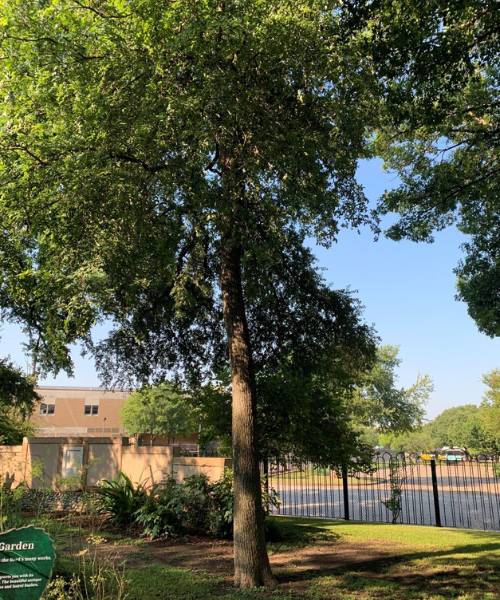
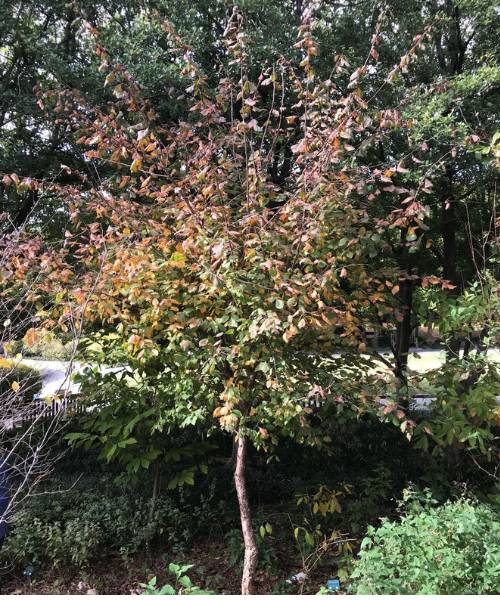
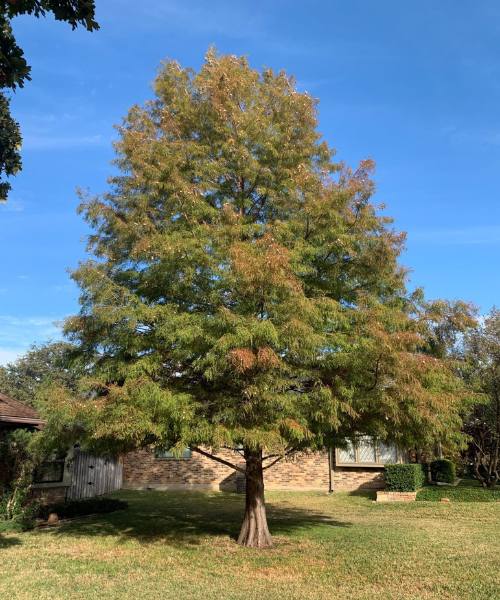

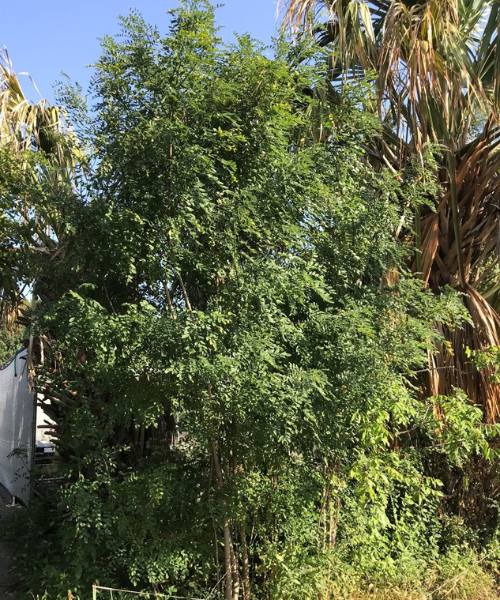

Again, by no means was our list exhaustive and the above is only part of the TDG list. The Benny J. Simpson Native Plant Collection at TDG provides an extensive display of many remarkable trees for our area. There is so much to choose from after you decide to go beyond the usual live or red oaks. Take a look at the Texas A&M Forest Service “Texas Tree Selector” at https://texastreeplanting.tamu.edu/ExpressSelector.aspx for more great trees for our area.
Other resources:

